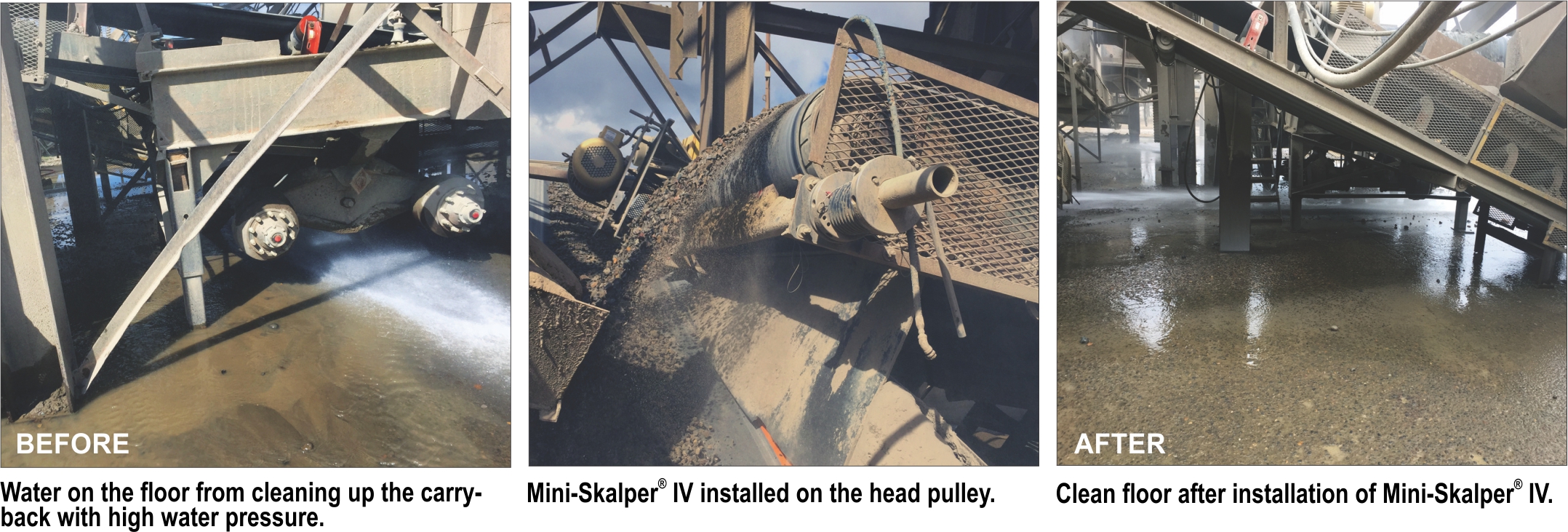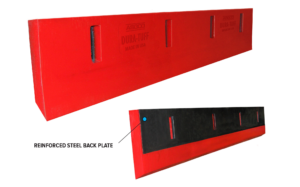MINERALS & MINING INFORMATION
Minerals and metals are the building blocks of the computers and smartphones we rely on, of the vehicles and public transit that get us places, of the buildings where we live and work, and of green technologies that help make the world a more sustainable place.
Ores recovered by mining include metals, coal, oil shale, gemstones, limestone, dimension stone, rock salt, potash, gravel, and clay. Mining is required to obtain any material that cannot be grown through agricultural processes, or created artificially in a laboratory or factory. Mining in a wider sense includes extraction of any non-renewable resource such as petroleum, natural gas, or even water.
The 10 Most Commonly Mined Minerals and Their Uses
- Quartz – Quartz is able to rotate the plane of polarization of light and is also transparent in ultraviolet light, making it perfect for use in heat-ray lamps, as well as prism and spectrographic lenses. It is also used in the manufacturing of glass, paints, abrasives, refractory materials and precision instruments.
- Bauxite – Bauxite is a rock mineral composed of hydrated aluminum oxides. It is most commonly converted to aluminum, which is the second most used metal globally after steel. Aluminum is primarily used in the manufacturing of automobiles, but is also used in building construction and packaging.
- Cobalt – It is primarily used in super alloys that are used to manufacture: aircraft gas turbine engines, cemented carbides for cutting tools, wear-resistant applications, chemicals such as paint dryers, catalysts and magnetic coatings, permanent magnets
- Tin – tantalum and tungsten – These three minerals are used in the manufacturing of computers, both laptops and desktops, and mobile phones.
- Flourspar – This mineral is used in a variety of ways, includingIn production of hydrofluoric acid, which is used in the pottery, ceramics, optical, electroplating and plastics industries; In the metallurgical treatment of bauxite; As a flux in open hearth steel furnaces and in metal smelting; In carbon electrodes, Emery wheels, Electric arc welders, Toothpaste, paint pigment; a key ingredient in the processing of aluminum and uranium
- Gold – One of the more widely known minerals, gold is popular for use in: Jewelry and arts, Dentistry and medicine, Medallions and coins; Stores as a measure of value; Scientific and electronic instruments; the electroplating industry as an electrolyte.
- Platinum group metals – Platinum is used principally in: bcatalysts for the control of automobile and industrial plant emissions, jewelry; catalysts to produce acids, organic chemicals, pharmaceuticals
- Silver – Silver is primarily used in the making of: coins, medals, electrical and electronic devices, industrial applications, jewelry, silverware, photography, catalytic converter, cell phone covers, bandages for wound care, batteries
What is mineral mining?
Mineral mining is the extraction of valuable minerals or other geological materials from the earth from an orebody, lode, vein, seam, reef or placer deposits which forms the mineralized package of economic interest to the miner.

Mining Techniques
Geologists use many methods to find mineral deposits that will be profitable to mine. Ores that are close to the surface are mined by surface mining methods. Ores that are deep in Earth are mined using underground methods. Metal ores must be melted to make metals.
Mining techniques can be divided into two common excavation types: surface mining and sub-surface (underground) mining. Today, surface mining is much more common, and produces, for example, 85% of minerals (excluding petroleum and natural gas) in the United States, including 98% of metallic ores.
Some mining, including much of the rare earth elements and uranium mining, is done by less-common methods, such as in-situ leaching: this technique involves digging neither at the surface nor underground. The extraction of target minerals by this technique requires that they be soluble, e.g., potash, potassium chloride, sodium chloride, sodium sulfate, which dissolve in water. Some minerals, such as copper minerals and uranium oxide, require acid or carbonate solutions to dissolve.
Surface Mining
Surface mining is done by removing (stripping) surface vegetation, dirt, and, if necessary, layers of bedrock in order to reach buried ore deposits. Techniques of surface mining include: open-pit mining, which is the recovery of materials from an open pit in the ground, quarrying, identical to open-pit mining except that it refers to sand, stone and clay;[32] strip mining, which consists of stripping surface layers off to reveal ore/seams underneath; and mountaintop removal, commonly associated with coal mining, which involves taking the top of a mountain off to reach ore deposits at depth. Most (but not all) placer deposits, because of their shallowly buried nature, are mined by surface methods. Finally, landfill mining involves sites where landfills are excavated and processed.
Underground Mining
technique used to reach the mineral deposit. Drift mining utilizes horizontal access tunnels, slope mining uses diagonally sloping access shafts, and shaft mining utilizes vertical access shafts. Mining in hard and soft rock formations require different techniques.
Other methods include shrinkage stope mining, which is mining upward, creating a sloping underground room, long wall mining, which is grinding a long ore surface underground, and room and pillar mining, which is removing ore from rooms while leaving pillars in place to support the roof of the room. Room and pillar mining often leads to retreat mining, in which supporting pillars are removed as miners retreat, allowing the room to cave in, thereby loosening more ore. Additional sub-surface mining methods include hard rock mining, which is mining of hard rock (igneous, metamorphic or sedimentary) materials, bore hole mining, drift and fill mining, long hole slope mining, sub level caving, and block caving.
Highwall Mining
Highwall mining is another form of surface mining that evolved from auger mining. In Highwall mining, the coal seam is penetrated by a continuous miner propelled by a hydraulic Pushbeam Transfer Mechanism (PTM). Highwall mining can produce thousands of tons of coal in contour-strip operations with narrow benches, previously mined areas, trench mine applications and steep-dip seams with controlled water-inflow pump system and/or a gas (inert) venting system.
Mineral Processing
Once the mineral is extracted, it is often then processed. The science of extractive metallurgy is a specialized area in the science of metallurgy that studies the extraction of valuable metals from their ores, especially through chemical or mechanical means.
Mineral processing (or mineral dressing) is a specialized area in the science of metallurgy that studies the mechanical means of crushing, grinding, and washing that enable the separation (extractive metallurgy) of valuable metals or minerals from their gangue (waste material). Processing of placer ore material consists of gravity-dependent methods of separation, such as sluice boxes. Only minor shaking or washing may be necessary to disaggregate (unclump) the sands or gravels before processing. Processing of ore from a lode mine, whether it is a surface or subsurface mine, requires that the rock ore be crushed and pulverized before extraction of the valuable minerals begins. After lode ore is crushed, recovery of the valuable minerals is done by one, or a combination of several, mechanical and chemical techniques.
Since most metals are present in ores as oxides or sulfides, the metal needs to be reduced to its metallic form. This can be accomplished through chemical means such as smelting or through electrolytic reduction, as in the case of aluminium. Geometallurgy combines the geologic sciences with extractive metallurgy and mining.



























